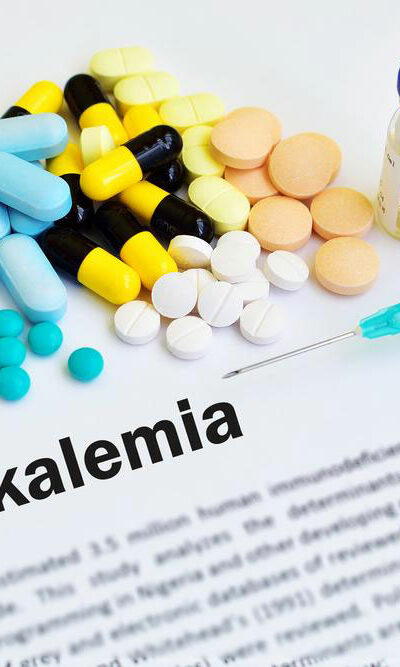
5 Foods to Manage Diabetes
Glucose in the body helps in maintaining optimum energy levels and is also the brain’s main source of fuel, but it all comes down to how the glucose in the body is utilized. Diabetes mellitus refers to a group of diseases affecting how the blood sugar (glucose) is used by the body. Based on a report by the Centers for Disease Control and Prevention (CDC), more than 100 million people in our country are suffering from diabetes or prediabetes. Irrespective of the cause of diabetes, it can cause excess sugar in the blood, leading to several other complications. Apart from medical treatment, dietary changes also play a crucial role in controlling blood sugar levels. Here are some foods that can help in maintaining healthy blood sugar levels in the body: Leafy greens Green vegetables like kale, collard greens, spinach, cabbage, beet greens, and watercress are high in nutrients and low in calories. Leafy greens are low in digestible carbohydrates, which helps in maintaining low blood sugar levels. Other antioxidants like lutein and zeaxanthin in greens also help in maintaining a healthy immune system. These antioxidants also protect the eyes from cataract and macular degeneration, which may be complications of diabetes. Cinnamon Known as a delicious spice, cinnamon is also known for its potent antioxidant properties, which can help improve insulin sensitivity. It has also been found recently that cinnamon can lower triglyceride and cholesterol levels, but several dietitians also suggest limiting the intake of cassia cinnamon (most commonly available) to less than 1 teaspoon a day to avoid other health issues. Fatty fish It is one of the healthiest foods to fight diabetes. Mackerel, sardines, herring, and salmon are great sources of omega-3 fatty acids EPA and DHA, which help maintain blood glucose levels. The fatty acids also protect the cells lining the blood vessels, reduce inflammation, and improve how arteries work after eating food.










